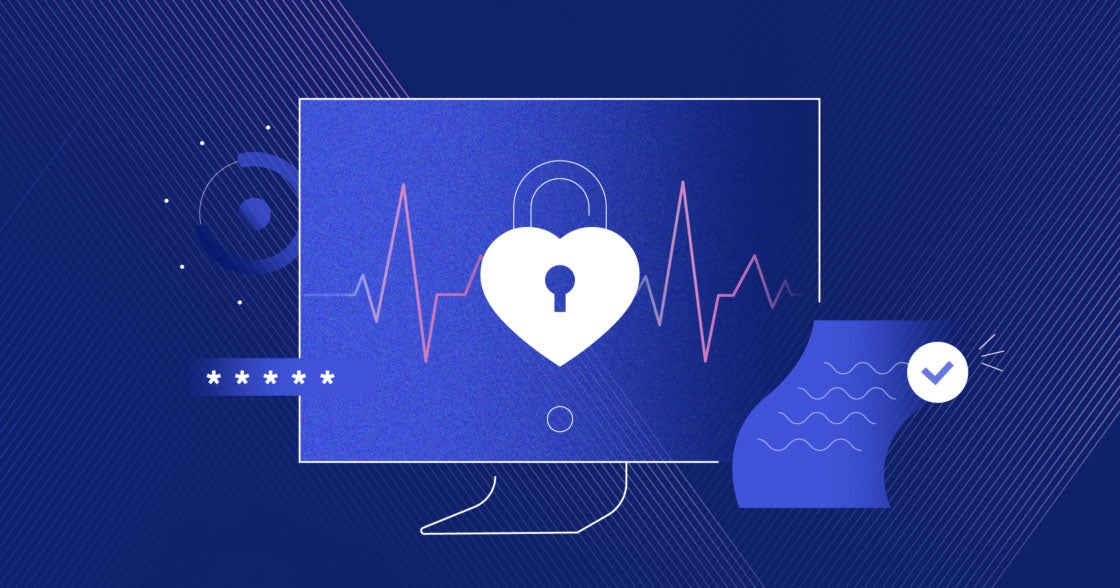May 25, 2022 in Challenges and solutions
3 key security features of strong cloud banking solutions
Make security a shared responsibility and seek cloud banking software vendors that offer three key capabilities.

While cloud-based digital banking offers many benefits, fears around security are often a barrier to adoption. After all, data security is a top concern among bank leaders.
Success now, and in the future.
Subscribe for industry trends, product updates, and much more.
While the cloud poses genuine security risks, the failure of financial services organizations to move forward with their cloud initiatives may do more harm than good.
A careful approach and proper implementation to banking cloud security can make mitigating risks and strengthening security possible.
Deloitte’s Global Leader for Banking and Capital Markets Anna Celner said, “Cloud providers have extreme security standards — and have a track record. Environments can be as secure or more secure than on-premises — but only when implemented correctly and with skilled and trained security.”
The question is: What can banking leaders do to ensure that their cloud environment is as secure as possible? Start by understanding who is in charge of each area of banking cloud security at your organization.
The shared responsibility matrix
According to Gartner®, “Through 2023, Gartner estimates that at least 99% of cloud security failures will be the customer’s fault.” But these vulnerabilities can be mitigated. Banking leaders can triage security issues as they come up by not only understanding what the risks are and how to avoid them, but also by knowing where their responsibilities lie. This is where the shared responsibility matrix can help, increasing the likelihood that all security areas have coverage by the appropriate individuals and there are no security gaps.
For example, for software-as-a-service (SaaS), a bank may share the responsibility of identity management, access management, and application-level controls with the cloud provider. The bank is also solely responsible for network controls, host infrastructure, and physical security. In this setup, there are multiple overlapping controls, which ensures there are no gaps in security.
3 essential cloud banking security features
Once a bank understands the shared responsibility matrix and has put its own security measures in place, it’s important that it chooses a cloud banking provider that can deliver on its areas of responsibility. Here are three essential security features of strong cloud banking providers:
1. Designed with security in mind
Secure cloud banking solutions with industry-standard data security features and bank-level encryption help to keep even the most sensitive information safe. Features like virus scanning help even if a file is infected, minimizing the risk that it will spread and cause problems later on.
2. Meet top industry standards
Security certifications are a fundamental part of cloud banking security. Financial institutions should look for solutions with specific industry-standard security certifications such as SOC 2, ISO 27001, and PC IDSS. Most cloud platform providers are also regularly audited by third parties to ensure that top levels of security are consistently maintained.
3. Make regulatory compliance easier
As the number of cyberattacks on banks and other financial service providers has increased, regulators have tightened their controls. In response, top cloud banking providers offer compliance assurance and configurations to make bank employees’ lives easier.
Security is the path to business growth
Ultimately, security is more than a tool. By investing in security, and by choosing a cloud banking provider that does the same, banks can realize success both now and in the future.
Find out what we're up to!
Subscribe to get Blend news, customer stories, events, and industry insights.



